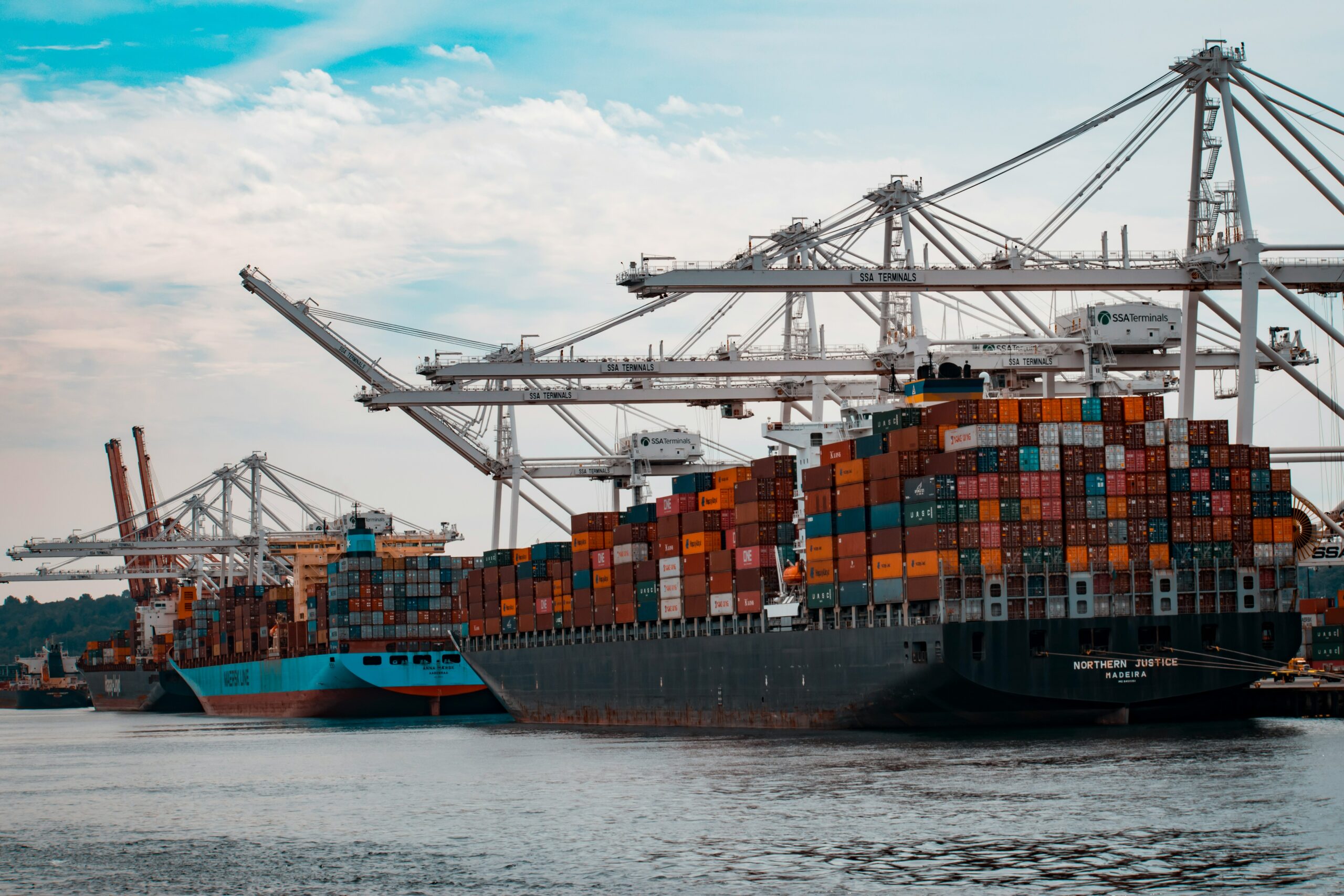It’s decision time for the shipping industry.
Over the next week in London, the International Maritime Organization’s member states are wrangling out details of a possible agreement on fuel standards.
IMO Faces Pressure as Maritime Decarbonization Deadline Looms
In July 2023, the IMO announced a new climate strategy to achieving net-zero emissions by 2050, by means of cutting 20% to 30% by 2030 and a further 70% to 80% by 2040. However, it has not set strict regulations to achieve these ends.
The IMO’s strategy also called for zero-emission or near zero-emission fuels to comprise at least 5% of the energy mix used by the industry by 2030.

Shipping is one of the largest polluters globally, accounting for approximately 3 percent of all global greenhouse gas emissions, and 10% of all transport-related emissions. According to the Global Maritime Forum, if the shipping sector were a country, it would be the sixth-largest emissions emitter.
The bulk of the shipping sectors’ emissions come from the burning of heavy fuel oil, arguably the world’s most polluting fuel. The “black carbon” emitted from these ships causes significant air pollution, and has been linked to a variety of health impacts, ranging from breathing difficulties to heart problems.
While the IMO has been largely criticized for doing little to curtail emissions in the sector for decades, outside organizations have tried to effect change. The EU extended its carbon market to the shipping sector from January 1, 2024, requiring the maritime industry to pay for its pollution.
This marks a significant step toward maritime decarbonization at the regulatory level.
If strong actions aren’t taken, shipping emissions were on path to grow by 50% by 2050, the IMO said.
Industry observers agree that a clear message must be taken now by the IMO.
“The time for action is now,” Ambassador Albon Ishoda, Marshall Islands Special Envoy for Maritime Decarbonization told MarineLink.
“Without a universal GHG [carbon] levy, IMO’s climate targets are meaningless. This is the fastest, most effective, and lowest-cost way to ensure a just and equitable transition, where no one is left behind.”
The head of the American Bureau of Shipping agrees.
“The IMO has to really step up now if we are to deliver on the pace and scale of the change required,” ABS CEO Christopher J. Wiernicki told Offshore Energy.
“Something is going to really have to bend the curve if we want to make net zero by 2050 a reality, because we are currently way off the pace and scale of change that we will need.”
But he warned the industry was divided on the steps to take.
The universal carbon levy on GHG emissions has the backing of many. Over 50 nations from Europe, Latin America, Africa, the Caribbean, and the Pacific, along with industry leader International Chamber of Shipping, are calling for this levy to be imposed, MarineLink reported.
However, there are powerful opponents to this plan. Nations like China, India, Brazil, Saudi Arabia, and South Africa are calling for the industry to model their method on carbon credit trading, mirroring the countries’ October 2024 agreement to cooperate more broadly on carbon markets.
Global Stakeholders Push for Maritime Decarbonization Reforms
Other groups looking to fully decarbonize the maritime sector also want governments to take action.
The Clean Shipping Coalition, an international association of civil society based in Brussels, called on the IMO to secure ambitious agreements to revise the Carbon Intensity Indicator must happen without delay.
“The CII must quantify and raise ship efficiency while fostering greater transparency and driving deep and lasting reductions in pollution,” coalition president Delaine McCullough said in a March 27 statement.
A fortified CII would lower the demand for fuel, and thus lead to lower fuel-generated emissions, the coalition said. It would also reduce burning of unnecessary fuels, further spurring emission cuts.
The organization also hopes using less fuel and prioritizing net-zero objectives would lead to a change in shipping operations, including sailing at slower speeds and using wind propulsion.
IMO member states must create guidelines on which green fuels and energy standards they want the shipping industry to abide by, the coalition said.
In addition, member states must commit to a “stand-alone levy of at least US$150 per ton of GHG to provide the necessary funding for an equitable transition,” the coalition said.
“Holding polluters accountable via a greenhouse gas emission levy would provide a clear market signa to drive emission reductions and ensure a just and equitable transition to clean shipping.”
These proposed mechanisms are seen as essential tools in achieving global maritime decarbonization goals.
A Role for Climate Tech in Maritime Emissions Reduction
The OECD estimates that the ocean economy is booming, increasing from US$1.3 trillion in 1995 to US$2.6 trillion in 2020.
To help the maritime industry meet its carbon-cutting objectives, there are plenty of avenues for climate tech to consider.
On the carbon-focused side, climate tech opportunities can be found in the creation of systems that use water in any form – be it river, ocean, or stream – to capture and contain carbon emissions.
Also, processes and applications which make heavy energy use less water and energy will also make a dent in curbing emissions.
Ocean carbon dioxide removal is seeing renewed interest by investors, while ocean-based renewable operations and energy efficiency mechanisms like using electricity instead of fuel to help ships dock and unload are also emerging.








